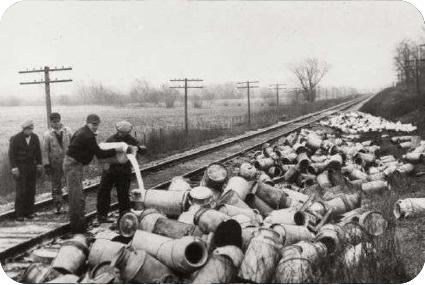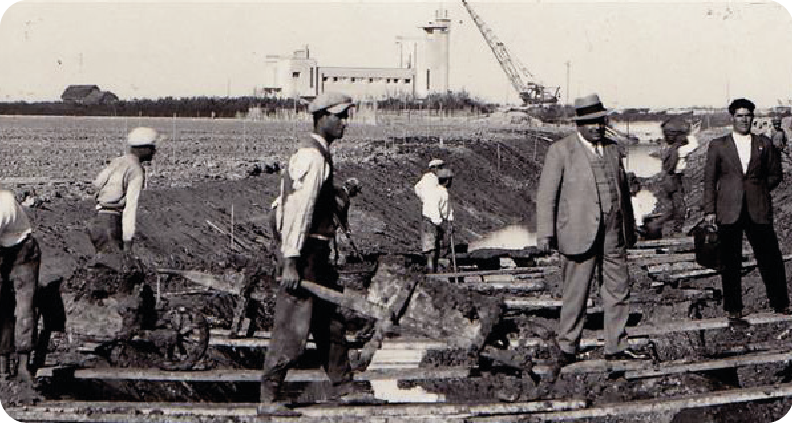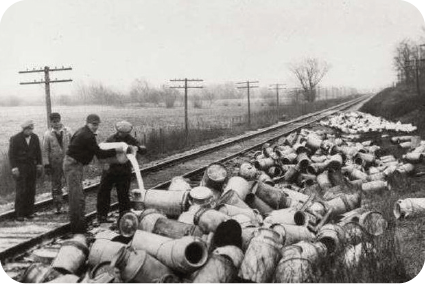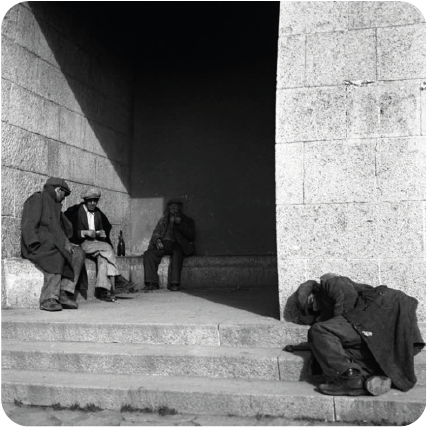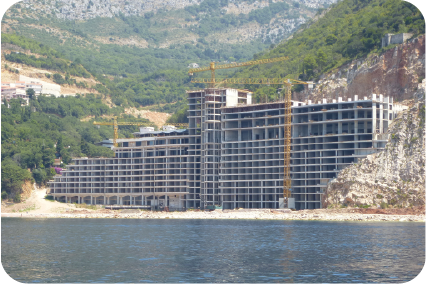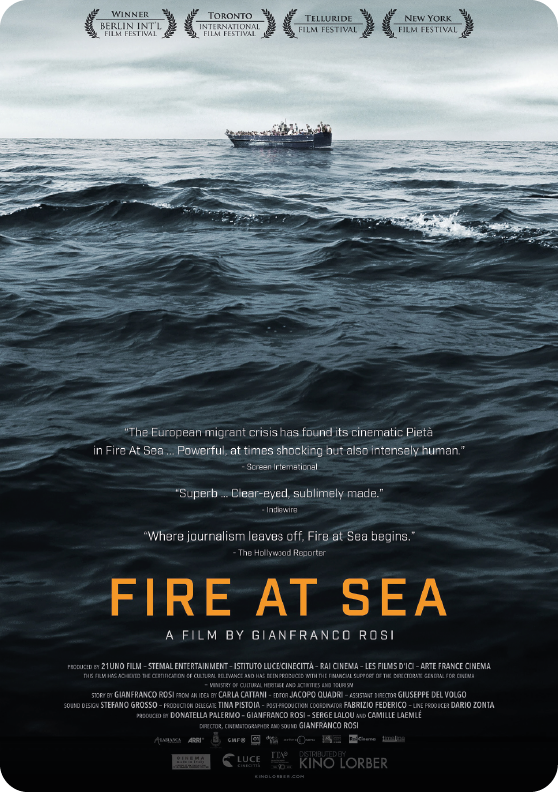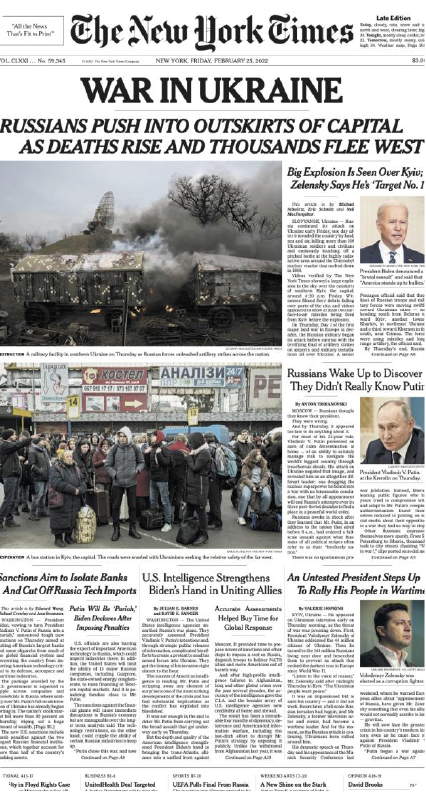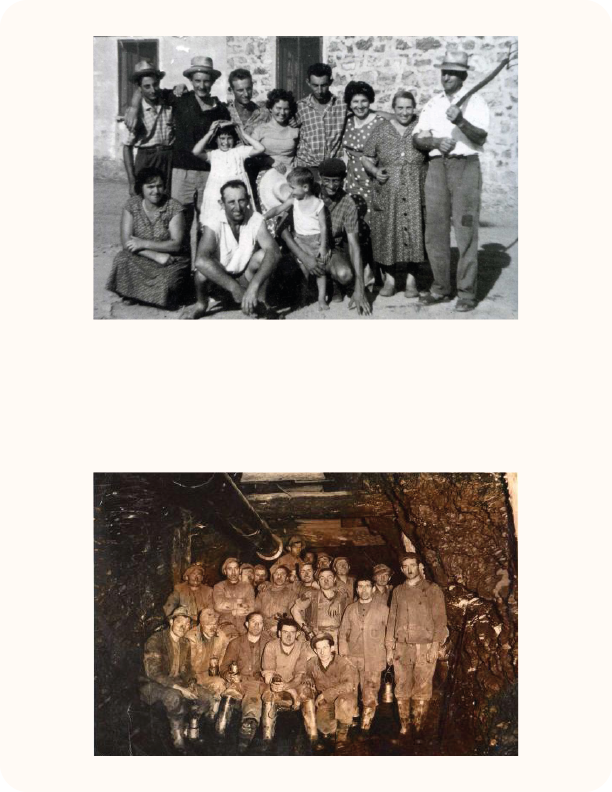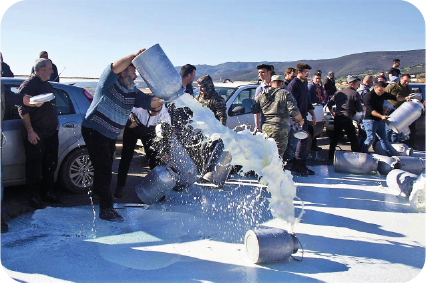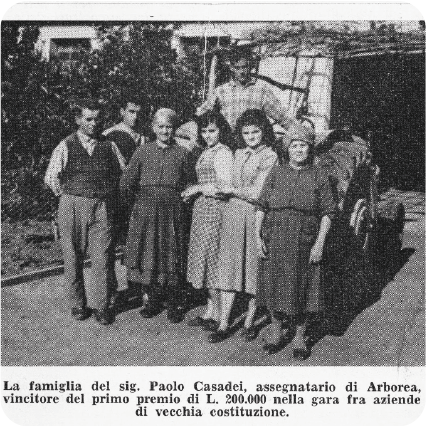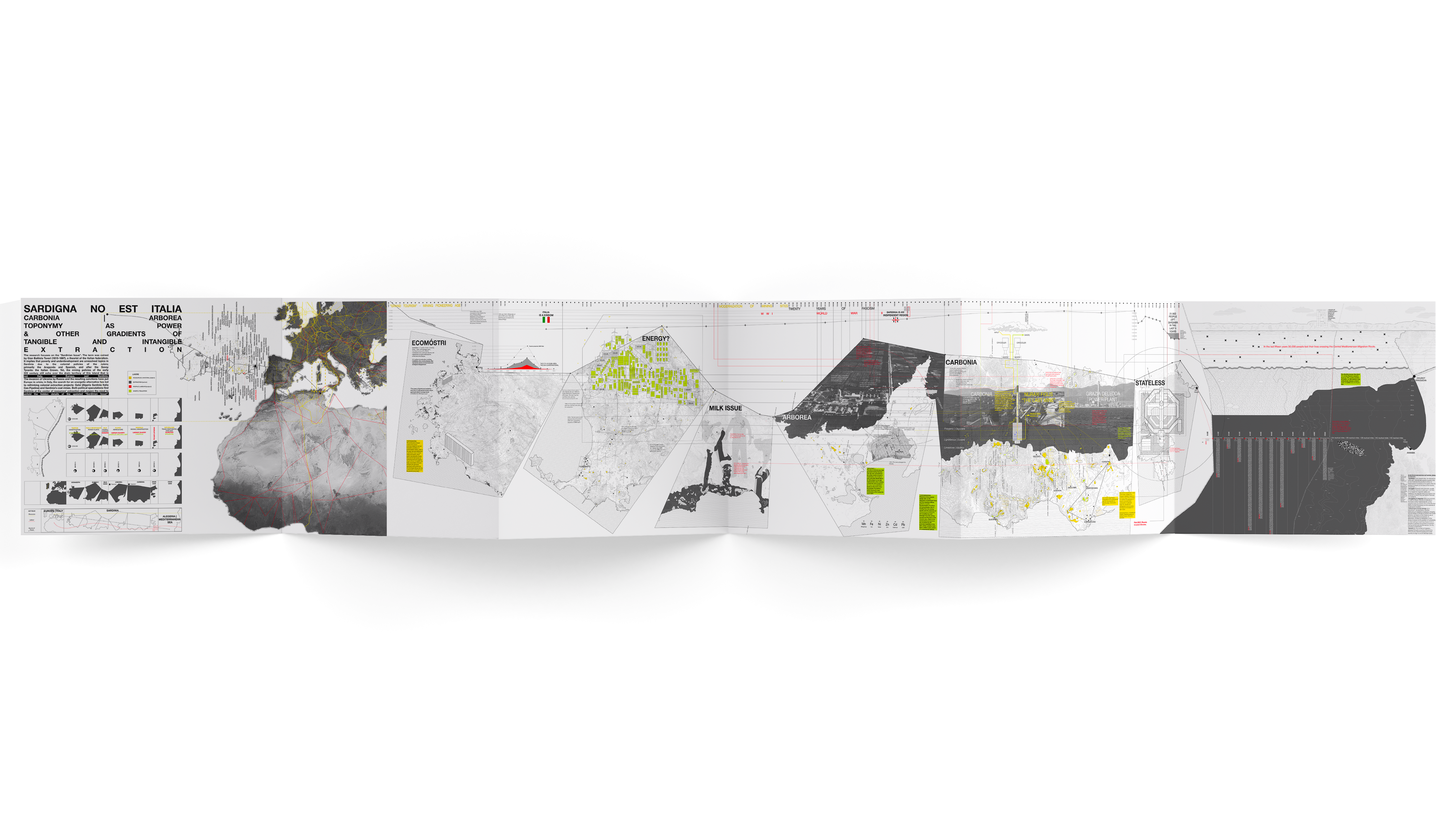




Sardinia, Italy
2022
«Sardigna no est Italia: Act I»
Next ︎︎︎
Institution:
Harvard Graduate School of Design
Advisor:
Rosalea Monacella
Brief:
The ubiquitous and relentless exploitation of the earth as a resource for energy production to be plundered and commodified continues to disrupt the deep complex processes of nature leading to major environmental and health ramifications. The climate crisis is symptomatic of this prejudice where the power of a select few humans rises above others and their non-human counterparts, corralled into disciplinary regimes of work valued through distinct economic imperatives.
Harvard Graduate School of Design
Advisor:
Rosalea Monacella
Brief:
The ubiquitous and relentless exploitation of the earth as a resource for energy production to be plundered and commodified continues to disrupt the deep complex processes of nature leading to major environmental and health ramifications. The climate crisis is symptomatic of this prejudice where the power of a select few humans rises above others and their non-human counterparts, corralled into disciplinary regimes of work valued through distinct economic imperatives.
The European energy crisis worsened by the Russian ban over the export of gas, brought Italy to speculate on reopening Sardinia’s carbon mines and restarting negotiations with Algeria for the project GALSI (Algeria-Sardinia-Italia Gas-pipeline): one more pipeline in the cruelest trait of Mediterraneum, crossed by thousands of migrants [STATELESS]. Yet, the national energetic necessity is only the trigger that exposed what has been obscured for decades: the still visible effects of the “Sardinian Issue”.
The term was coined by Gian Battista Tuveri (1815-1887), a theorist of Italian federalism. It underlines that the economic underdevelopment and systematic poverty are attributable to centuries of colonial interests due to Sardinia’s strategic location in the Mediterranean sea. The Sardinian issue has to be integrated with a dispute for independence, which was always neglected. Thus, «Sardigna no est Italia» became the ideal motto for the island’s condition. Mineral extraction and still unrecovered soil contamination are just the beginning of complex analyses on power structures. If, in contemporary times, the exploitation of Sardinia started during the late XIX century Grand Tour, the more relevant colonial interest became crucial during the twenty years of Fascism (1922-1943).
Benito Mussolini (1883-1945) founded three cities: Fertilia, Arborea, and Carbonia, whose history is unknown outside the island’s borders: supposedly they are rehearsals of his colonial ambitions in Africa. Those city names, are not aimless; toponymy was used as a subtle form of power over the landscape.
The first two project seek recovery marches for dairy and agricultural production, and the latter to boost carbon extraction in the South [MILK ISSUE, ARBOREA, CARBONIA]. The Fascist project incentivized migration to Sardinia, but the mining dream failed with the end of the autarky. In the 1960s, the economic boom transformed the beautiful North-East area into the perfect touristic destination.
A lack of territorial regulations and economic interests transformed the coastline in the locations for second houses and overscaled hotels [ECOMOSTRI]. In the 1970s, two large-scale power plants colonized the island, 1/4 of Italian coal-fired power stations are in Sardinia [ENERGY?]. Finally, in the last years, many protests against Sardinia’s condition occurred. Some demanded a market to include traditional diary production annihilated by the industrial ones, and others asked for the truth about the weapons experimentation compromising the island’s ecosystem and public health [MILK ISSUE].





